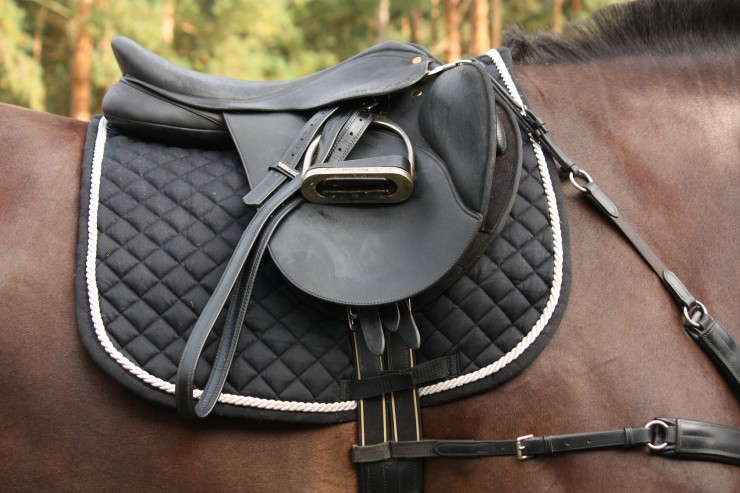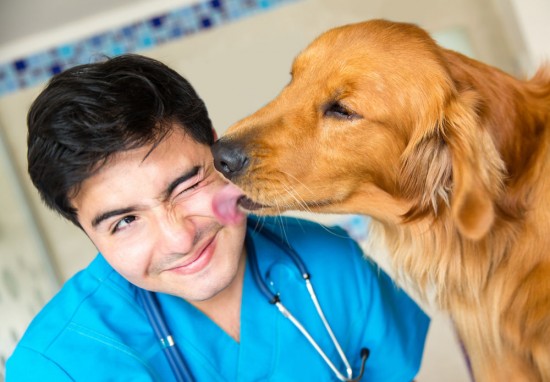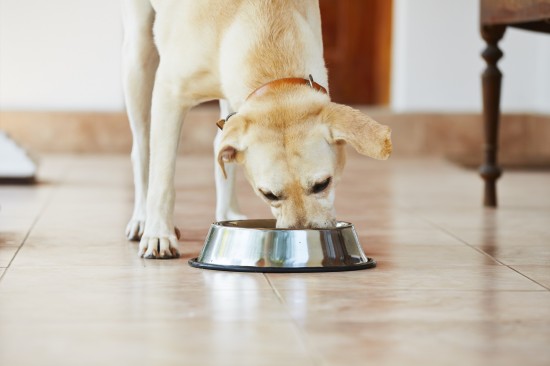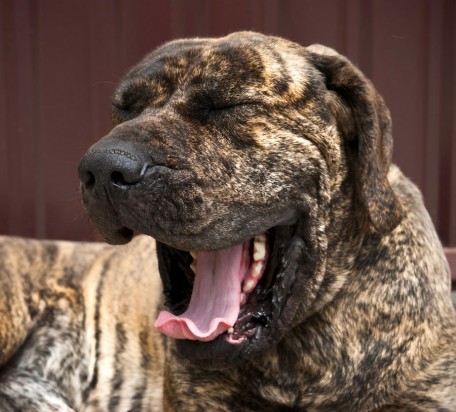
When shopping for a waterer for your horse or livestock there are many options to consider. Recreation equine enthusiast and ranchers alike are not only looking into the cost of operating a waterer from a cost and maintenance perspective but also on preserving the health of their animals so that they won't end up in a situation where they need to seek out the services of a veterinarian. In this regard, one aspect is looked into with much scrutiny - the water source.
There are so many different styles of waterers to choose from; electric waterers, troughs, buckets, and automatic waterers, float systems, etc. Below we will look at aspects of some different style waterers that are available to provide water to livestock.
Waterers with floats
Automatic waterers with floats operate using the same technology as a household toilet. Basically, when the water level drops below the set level, a valve opens and fills the unit with water until the increasing water level lifts the float up. When the waterer is full, the valve shuts off. These types of systems all have two things in common; they always have standing water and they require an electric heating element to keep from freezing in winter months.
Bucket or a trough
You can also provide water to cattle with the use of a simple bucket or a trough. Hopefully this is fairly self-explanatory. Most will have a hydrant or faucet nearby connected to hose and will manually walk around and fill the bucket or troughs with water.
During winter months there a few common methods deployed in order to continually provide water to livestock when using a bucket or trough. Some choose to add an electric heating element to prevent the water from freezing. An alternate option is to walk around and break the top layer of ice off the water source a few times a day to provide access to water underneath the ice. Usually people will use a hammer or axe to break the ice.
During summer months, it is especially important to keep the water in the buckets and/or troughs clean as this method is prone to algae growth in the water source. One of the reasons for this is that when it's hot out and the water bakes in the sun, it becomes hot, which promotes algae growth. Often animals do not like this and may decrease their water intake. Both of these situations can lead to decreased water intake.
Frost free waterers
In the case of frost-free waterers, water is delivered only when needed when an animal depresses a paddle in the bowl or drinking area so the water provided is always fresh. It does not require electricity to keep from freezing. In the summer these waterers provide cool water and in the winter these waterers provide warm water. These waterers can be installed anywhere there is a pressurized water line.
In addition, with this type of waterer, algae growth is virtually impossible because there is never any standing water in the unit when it is not in use.
Most consider frost-free waterers to be a cost efficient and healthier watering system for all livestock. The freshness of the water helps maintain their general health. The use of this water post saves you lots of money because it doesn't utilize electricity and only uses minimum water resources.
 5 Luxurious Dog Friendly Establishments Dotted Around The Country
5 Luxurious Dog F
5 Luxurious Dog Friendly Establishments Dotted Around The Country
5 Luxurious Dog F
 Skin Problems That Make It Hard To Tack Up A Horse
Skin Problems Tha
Skin Problems That Make It Hard To Tack Up A Horse
Skin Problems Tha
 Pancreatitis In Dogs - Symptoms And Treatment
Pancreatitis In D
Pancreatitis In Dogs - Symptoms And Treatment
Pancreatitis In D
 Why Do Some Dogs Become Aggressive At Mealtimes?
Why Do Some Dogs
Why Do Some Dogs Become Aggressive At Mealtimes?
Why Do Some Dogs
 Pet Halitosis: Five Steps To Improve Your Pets Breath
Pet Halitosis: Fi
Pet Halitosis: Five Steps To Improve Your Pets Breath
Pet Halitosis: Fi
Copyright © 2005-2016 Pet Information All Rights Reserved
Contact us: www162date@outlook.com